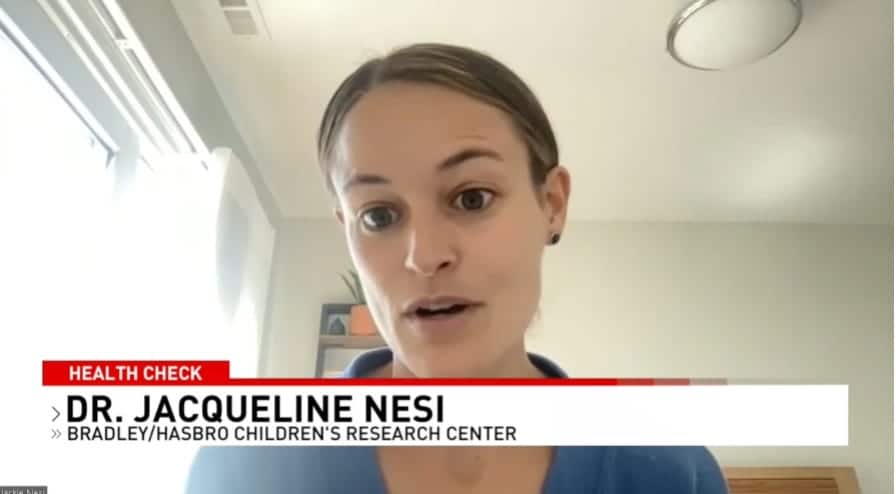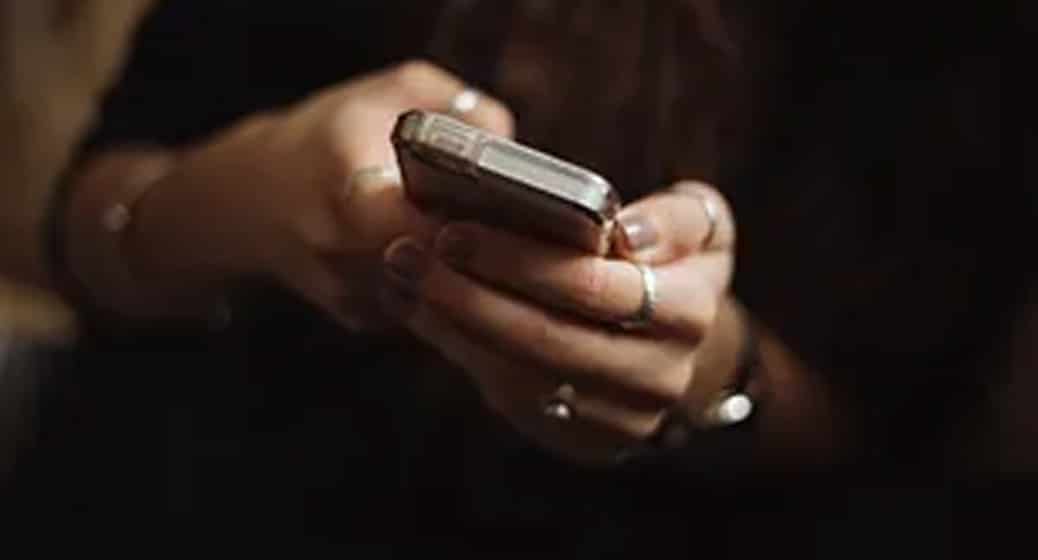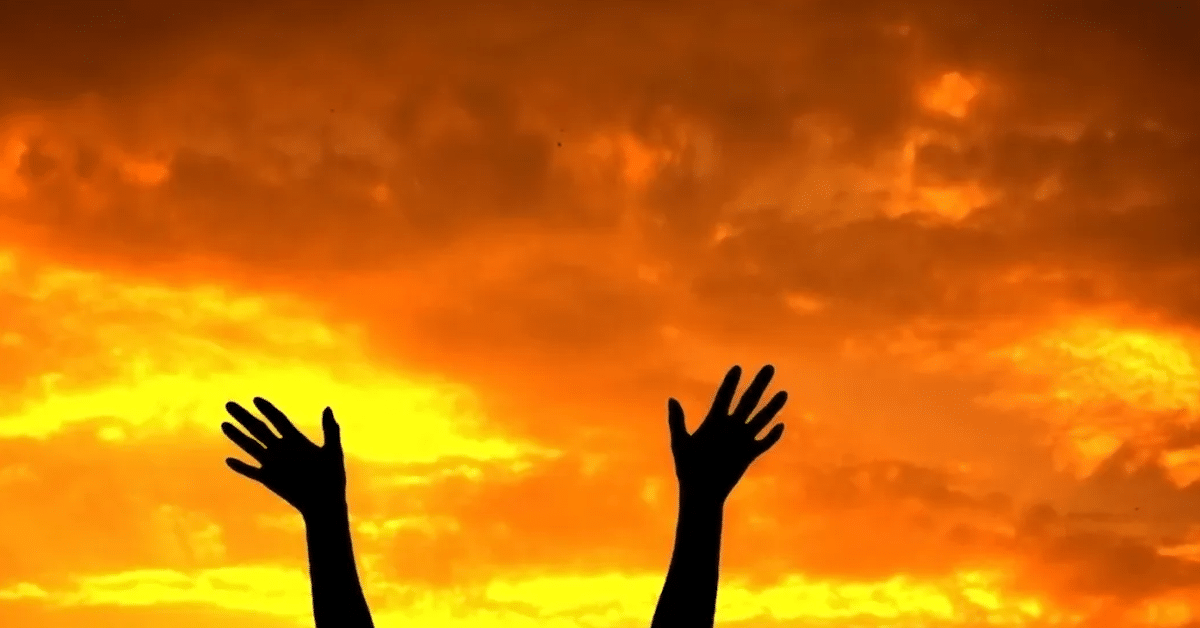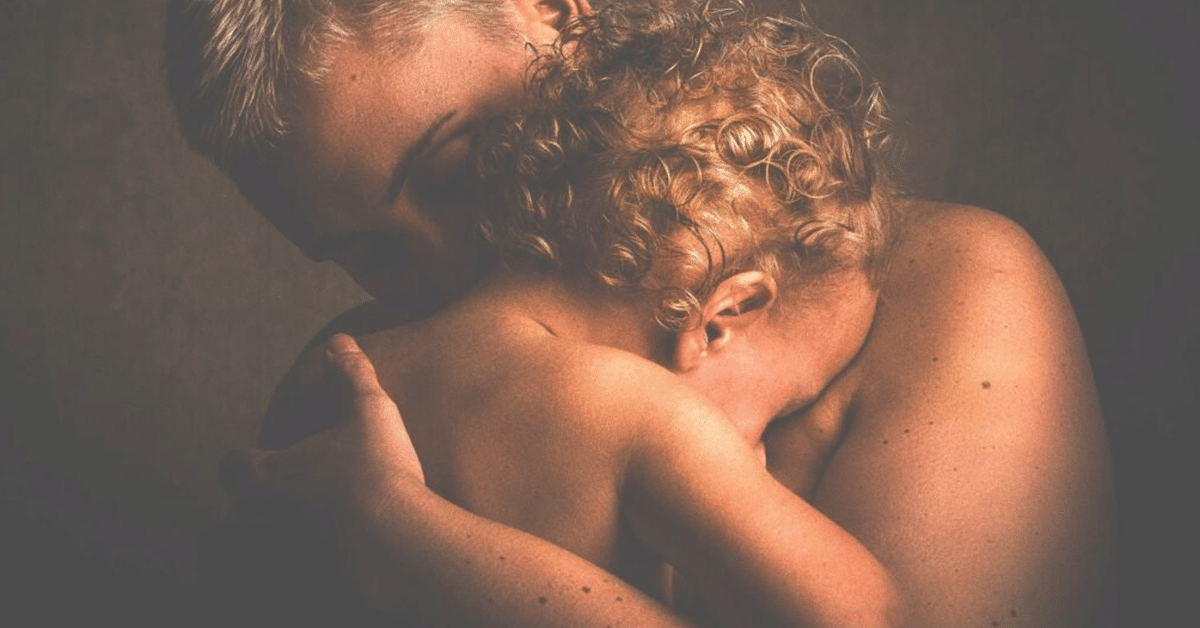A few months ago, I published a series of posts about pornography—facts and figures, the research on how it impacts teens, and how to talk to our kids about it.
I guess I should have been prepared for what happened next. I spent the next few weeks speaking and writing more about porn than I ever thought possible. I was asked to write articles about it for academic journals and blogs. I had conversations about it with friends, family, and colleagues. Did I think, when I signed onto six years of PhD training in clinical psychology, that I’d be sitting in meetings, discussing PornHub’s annual visit statistics? No, I did not. And yet here we were.
To top it all off, I was invited to appear on a local news segment about pornography and kids.

During my interview, I tried to present a balanced perspective. I thought I explained that, when young kids are exposed (often accidentally) to porn, it can be incredibly distressing for them, but that for teens, the research is not as clear. I believe I talked about how we have some evidence that adolescents’ viewing of porn—especially when it is violent or degrading—can be harmful, but that some of what we hear about porn’s negative effects may be overstated. And I noted that as parents, speaking to our kids about porn can make a big difference.
When the segment aired, it soon became clear that it was…not so balanced.
Here is my very first quote in the segment, plucked strategically from the nuances of that larger interview, missing all context, and perfectly placed to stoke panic among parents who happened to tune in:
“It’s clear that exposure to pornography can be extremely distressing and it can be harmful.”
Sigh.
The whole experience made a few things clear to me. First, we need to talk openly about porn, its effects on kids, and how to address it. Second, we need these discussions to be balanced—to be based on facts, not fears. For that to happen, we need more research on the topic. Third, I urgently need to address my Zoom background situation. That side lighting? That upward angle? So embarrassing.
And so, it is for (two of) these reasons that I was happy to see this new research report, which addresses experiences with pornography among a nationally representative sample of U.S. teens. The report, published last week by Common Sense Media, finally gives much-needed answers to questions about the prevalence of pornography use and teens’ attitudes and beliefs about it.
Here’s what you need to know.
What did the researchers do?
They surveyed a nationally-representative sample of 1,358 U.S. teens (ages 13 to 17).
They asked questions about online pornography, using the following definition:
“Any video or photos viewed on websites, social media, or anywhere else on the Internet that show nudity and sexual acts intended to entertain and sexually arouse the viewer.”
What the data is good for: giving us accurate estimates of the prevalence of certain attitudes, behaviors, and opinions about porn among U.S. teens.
What the data is not good for: drawing causal conclusions. Because the data is observational and was collected at a single time point (among other reasons), we can’t use it to answer questions about whether using pornography causes certain outcomes.
How many teens are watching porn?
The majority of teens have seen pornography, and roughly half have sought it out intentionally.
- 73% of teens have ever been exposed to porn.
- This includes 44% of teens who have viewed porn intentionally, and 58% who have seen it accidentally.
There are differences by gender and sexuality.
- 52% of boys have sought out porn, compared to 36% of girls and 66% of transgender and nonbinary teens
- 66% of LGBTQ+ teens have sought it out, compared to 39% of non-LGBTQ+ teens
There are differences by age, too.
- 48% of 15- to 17-year olds have sought out porn, compared to 40% of 13- to 14-year-olds
- The average age of first exposure to porn is 12, with 54% of teens saying they were first exposed when they were 13 or younger
Takeaway: these numbers are high. This may partially reflect the somewhat general definition of porn that was used, but in general, they reflect the fact that exposure to porn is an increasingly common experience for teens. We need to be educating teens about the types of content they might come across, and we need better content moderation strategies to prevent young kids from accessing it.
What kinds of porn? (…dare we ask?)
Among teens who had ever viewed porn:
- More than half (52%) said they’d seen porn showing violent or aggressive content. This includes porn depicting what appears to be rape (19%), choking (36%), or someone in pain (37%)
- Many at least “sometimes” encounter porn portraying people of color “in a stereotypical way,” including Black people (55%), Latinx people (50%), and Asian people (46%).
- 55% at least “sometimes” encounter porn portraying people in a stereotypical way based on their gender, and 50% based on their sexual orientation
Takeaway: This is particularly concerning, given that some research suggests exposure to violent, aggressive, or degrading pornography can have harmful effects on teens’ own attitudes and behaviors.
Where and how often are they watching it?
Among teens who have intentionally viewed porn, 59% said they had done so at least once a week over the past year. This includes:
- 44% who accessed porn websites (e.g., Pornhub) at least weekly
- 38% who say they used social media (e.g., Instagram) to access porn at least weekly
- 34% who say they used video sites (e.g., YouTube) to access porn at least weekly
Nearly one-third (30%) of teens say they have been exposed to porn during the school day.
- Of these, 44% said they had seen porn on a school-issued device (this represents 13% of all survey respondents)
- This is actually more common in private compared to public schools: 50% of kids who attend private/religious schools say they’ve seen porn during the school day, compared to only 26% of those in traditional public schools.
Takeaway: Many (but not all) teens who have intentionally watched porn are doing so regularly. High rates of exposure at school may be a case for reducing device access at school or, at least, setting up more effective content restrictions on school-issued devices.
What do teens think about porn?
Teens have mixed feelings about their use of porn. Among teens who had ever viewed it:
- Half (50%) said they felt “guilty” or “ashamed” afterward
- About 4 in 10 (41%) said they agree with the statement “I believe watching porn is wrong”; a similar number (38%) said they disagreed
- 67% said they “feel ok” about the amount of online porn they view, compared to 25% who felt they watch too much
Takeaway: Many teens have conflicted feelings about porn, and among those who have ever watched it, 1 in 4 think they watch too much. Teens need trusted adults with whom they can talk about these issues.
What are teens learning from porn?
Among teens who have viewed pornography:
- 79% say they’ve learned “how to have sex”
- 73% say they’ve learned “what types of sexual behaviors are likely to feel pleasurable to a sexual partner”
- 72% say they’ve learned “what sexual behaviors [they’re] interested in trying”
- Though only 27% agreed with the statement that pornography “accurately shows the way most people have sex,” nearly half (45%) agree that porn “gives helpful information about sex.”
Takeaway: Many teens are learning about sex and sexuality from porn. They need other trusted resources to learn about sex, and they need to know that what they’re viewing is not intended to be educational.
Are they talking to their parents about it?
Kind of.
- 43% of teens surveyed said they’d had a conversation with a “parent, guardian, or trusted adult” about porn. This is compared to 82% who’d discussed relationships with an adult, and 75% who’d discussed sex more generally.
- The good news? Among teens who had discussed porn with an adult, 71% agreed that the conversation “made [them] feel like there are helpful resources other than pornography to explore sex or [their] sexuality.”
Takeaway: these conversations are challenging, but we know from this and other research that talking to our kids about porn can make a big difference. Here’s a step-by-step guide for how to do it.
Thanks for tuning in this week, techno sapiens. Here’s to talking openly about porn in a way that’s research-based and balanced—with our kids, our friends, and our local news stations. Let’s keep the conversation going.
After this news segment aired, I watched it once, and then did my best to avoid it entirely until writing this current post. Relocating it turned out to be more challenging than expected, given that my only memory of the segment was the first name of the news anchor with whom I spoke. Ultimately a search of my work email for “porn Barbara” led me to the answer. Are other people’s jobs like this?
Actually though, sapiens, please send tips on improving one’s Zoom background when one’s home office is actually just a desk in the spare bedroom. It’s urgent.
In most cases, when teens report seeing porn on social media or YouTube, it likely does not mean that they are accessing professionally produced porn on these sites. They might actually be saying that peers have shared links with them on these platforms, or that they’re seeing non-professional nude or semi-nude images there.
Keep Reading
Want more? Here are some other blog posts you might be interested in.








